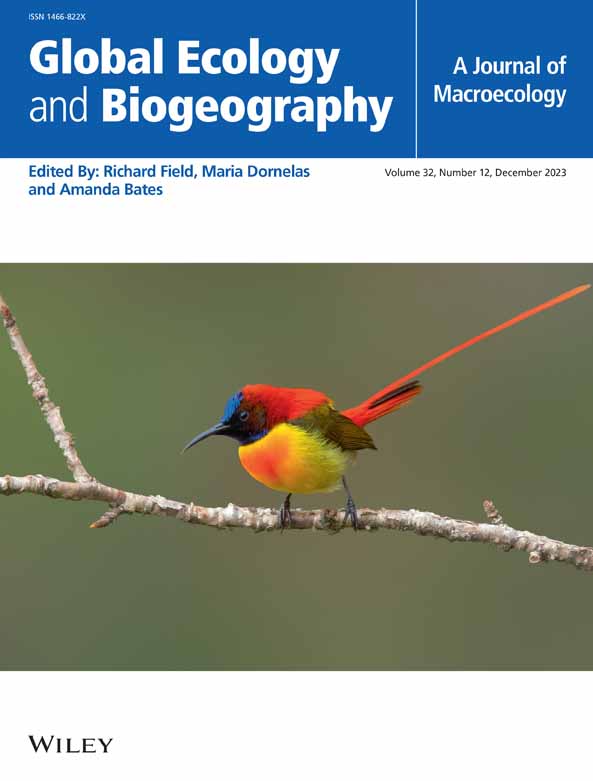The Nature of Oceanic Dispersal in the Diversification Process on Insular Systems in Asia
Abstract
Aim
To clarify the characteristics and contribution of oceanic dispersal (OD), a representative of long-distance dispersal, to phylogenetic diversification on insular systems.
Location
Eastern Eurasia.
Time Period
Post-Neogene.
Major Taxa Studied
Freshwater snails of the genus Gyraulus (Mollusca: Gastropoda).
Methods
We conducted comprehensive sampling across the entire distribution range of G. chinensis group, including several continental and oceanic islands. To evaluate the evolutionary history of the group and the role of OD in diversification, we obtained genome-wide data using high-throughput sequencing and conducted phylogenetic analyses using three analytical approaches. We then assessed the relationship between phylogenetic and geographic distance separately in three distinct regions, using model fitting to evaluate the impact of dispersal mode on current phylogenetic diversity. The frequency and characteristics of OD events were then estimated by conducting biogeographic analyses on two time-calibrated phylogenies produced using two separate geographic calibration events.
Results
Phylogenies revealed a well-supported monophyletic Gyraulus clade with a broad distribution across Eastern Eurasia and the presence of several internal geographic lineages. On the two insular regions, a power-law model best described the relationship between phylogenetic and geographic distances, suggesting limited dispersal and diversification through infrequent OD events. Divergence time estimations suggested that Gyraulus diversification originated after the late Miocene. The Oriental region of Eurasia was the most frequent source of dispersal. Across all trees, 6–8 OD events were estimated throughout the entire period, primarily on oceanic islands, with a single exception on a continental island at high latitudes. OD frequently originated from non-adjacent regions, in contrast to other dispersal events. Longitudinal dispersal was more frequent than latitudinal dispersal, and geographic lineages exhibited widespread longitudinal distributions.
Main Conclusions
OD exhibits a distinctive nature compared to other forms of dispersal. The interplay of oceanic barriers and rare OD events has shaped current biodiversity patterns on Asian insular systems.


 求助内容:
求助内容: 应助结果提醒方式:
应助结果提醒方式:


